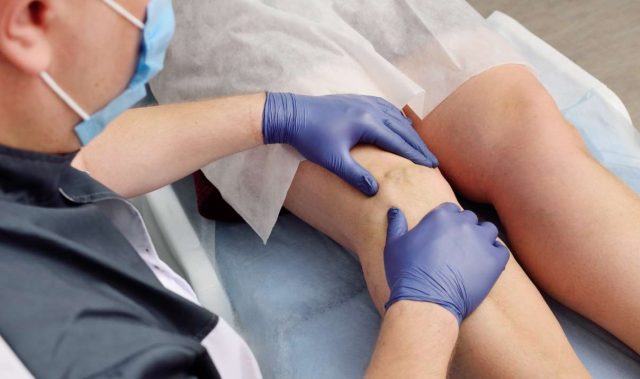Pain is one of the things that used to be associated with venous procedures, but advancement in medical technology has made it possible to minimize and, in some cases, eliminate such pains.
“Varicose vein procedure can lead to infections, pain, swelling, and bleeding if it is not carried out by a professional”, says David L. Pinsinski of Artemis Vein & Aesthetic Center. If you want to undergo a varicose vein procedure, it is vital to equip yourself with relevant information to ensure the procedure’s success.
What is Varicose Vein Procedure?
Varicose vein procedure is carried out to remove varicose veins on the thighs and the legs. These veins are usually visible on the skin with a bluish-purple` or red color. Apart from the leg and thigh region, these veins may also appear in other parts of the body.
Having a varicose vein procedure can help to restore your skin’s original look and add a dose of confidence to you. This treatment removes the varicose veins and prevents them from coming back. Aside from improving people’s health, varicose vein treatment has aesthetic benefits as it helps to enhance the appearance of the skin around the affected area.
Types of Treatment for Varicose Veins
Every varicose vein procedure aims to shrink the damaged vein or make it less visible on the skin. Varicose veins are caused by the clogging of the veins with blood due to damaged valves. (1)
There are, however, different methods for treating varicose veins, and they include:
#1.Ultrasound-Guided Foam Sclerotherapy
This method is carried out with the aid of a sclerosant approved by the Food and Drug Administration (FDA). The surgeon first injects the sclerosant into the vein, which facilitates the sealing off of the vein’s walls.
Afterward, the physician adds pressure to the veins, thereby diverting the clogged blood to other healthier veins. This method is best suited for treating varicose veins that go deep into the venous system.
#2.Endovenous Laser Ablation
The endovenous laser ablation method gradually introduces heat from a laser to the damaged veins, which collapse after the withdrawal of the laser. However, the affected area’s skin is anesthetized before inserting the laser to eliminate pain.
#3. Ambulatory Phlebectomy
Sometimes, the varicose vein may be very large and visible such that it can not be wholly treated through sclerotherapy or lasering. Ambulatory phlebectomy will be ideal in such a situation.
The procedure involves removing the varicose vein with surgical hooks after making small incisions on the affected areas. However, the physician numbs the affected area before carrying out the procedure.
Your doctor will be in the best position to advise on the best method to use in treating varicose veins after examining your case. However, foam sclerotherapy proves to be less invasive than the other methods though the process may need to be repeated to achieve the maximum result.
Varicose Vein Treatment Aftercare Tips
It is vital to stick to your aftercare instructions that the surgeon will recommend after carrying out a varicose vein treatment. Adhering to these instructions will help quicken your recovery process and ensure you get your desired result from the treatment. In general, you can continue your daily activities the next day. (2)
Here are some tips that would help even before your treatment:
● Avoid standing on your feet for an extended period.
● Raise your legs whenever you are sitting or lying down and ensure you move them back and forth to facilitate blood circulation.
When to Contact Your Doctor After Treatment
You should contact your doctor if you experience any of the following symptoms after varicose vein procedures.
● Bleeding or redness around the incision area
● Ulcer around the incision area
● Pain and swelling of the legs
● Chest pain
● Fever or shaking
● Shortness of breath
Final Thoughts
Varicose vein treatment is not a one-size-fits-all but depends on the peculiarity of the situation and the patient’s choice. However, going through this procedure will give an overall boost to your health.

Speaks from heart, always too passionate and driven by emotions. Spins the words with kindness & sharpness, intriguing your ever-inscrutable minds.


